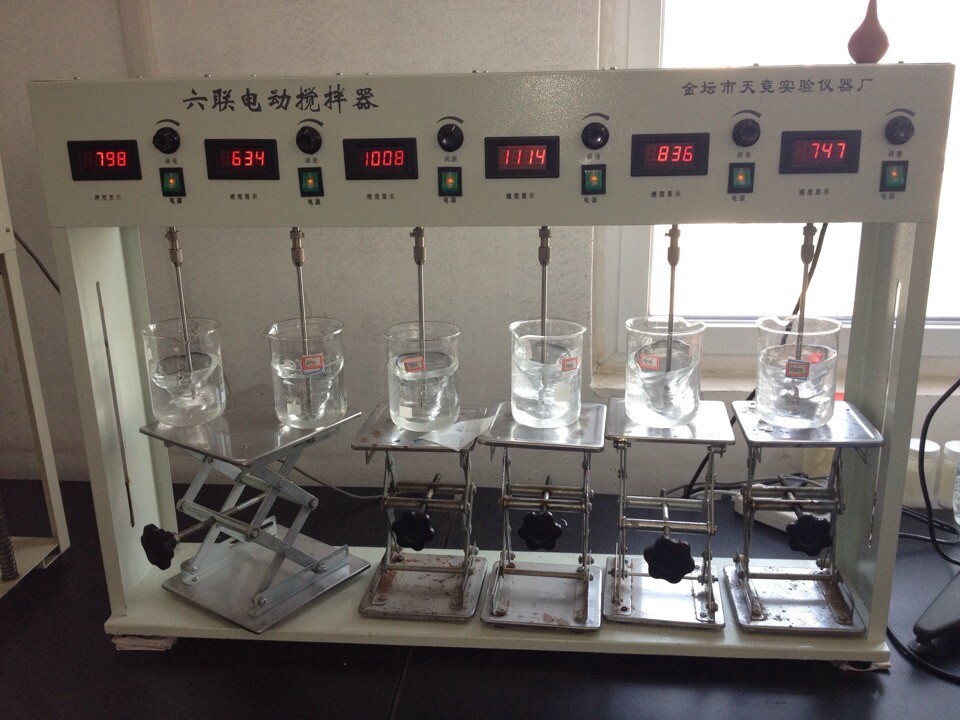News
News
- how does polyamine work in water treatment and mining ?
- Is the zetag 4100 DK a kind of cationic or anionic polyacrylamide?
- what is application of polyacrylamide used for red mud in aluminum plant?
- How does amphoteric polyacrylamide works?
- whats is main applications of amphoteric polyacrylamide?
- what is main applications of nonionic flocculant?
- what is application of polyacrylamide?How is the product classified?what is applications ?
- What are the production processes of polyacrylamide? What are their own characteristics?
- what is PHPA polymer and what is the main applicaitons in oilfeild?
- what is the main application of amphoteric polyacrylamide?
The physical and chemical treatment of wastewater
The physical-chemical treatment could constitute a single step in the treatment of wastewater or could stand as additional purification process between the pretreatment and biological treatment.

The purpose of physical-chemical treatment involves the removal of fine non-settleable materials in suspension, and colloidal materials. These colloidal particles consist of colloidal silica, clay and organic particles which have high stability in water with a size of between 0.001 and 1 micron. Are an important part of pollution because they are the main cause of the turbidity and color of water. Due to the high stability that present, impossible to separate by settling or flotation. It is also impossible because they would separate by filtration through any filter.
The colloid stability is provided by the generally negative electrostatic charges, which have on the surface. A repulsive force thus occurs when they approach each other, preventing agglomeration for possible subsequent sedimentation. It is noted that iron and aluminum hydroxides usually have positive charges. To break this stabilization is needed attractive forces such as Van der Waals forces and Brownian motion.
The physical and chemical treatment of wastewater is intended to the addition of certain chemicals, the alteration of the physical state of the substances which remain indefinitely stably to convert them into particles capable of sedimentation or flotation separation. In the first step, coagulation, colloids are destabilized by neutralization of their charges. Subsequently, in the flocculation, the flocs as a result of collision and adhesion between coagulated particles are formed, increasing in volume and weight so that they can settle.
This treatment can be eliminated 80% to 90% of the total suspended matter, 40% to 70% of BOD5 and 30% to 40% of the COD.
Coagulation-flocculation-sedimentation are essential pretreatment for many water purification systems - especially filtration treatments. These processes together to agglomerate the suspended solids to form larger bodies, so that the physical filtration processes can more easily remove them. Removing particulates by these methods becomes much more effective filtration processes. The process continues often gravity separation (sedimentation or flotation) and is always followed by filtration.
A chemical coagulant, such as polyacrylamide, are added to the source water to facilitate bonding between the particles. Coagulants work by creating a chemical reaction and eliminating negative charges that cause particles to repel each other. Then the coagulant source-water mixture is stirred slowly in a process known as flocculation. This choppy water induces particles collide and coalesce to form lumps or ‘floc’ which can be removed more easily. The process requires knowledge of the chemical characteristics of the source of water to ensure efficient use of coagulant mixture. The wrong coagulants become ineffective these treatment methods.


